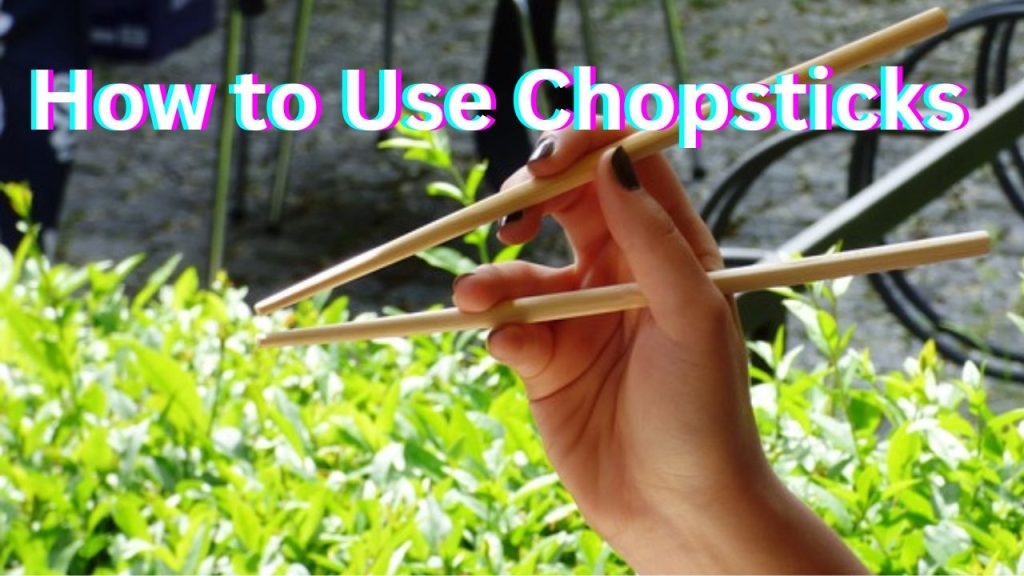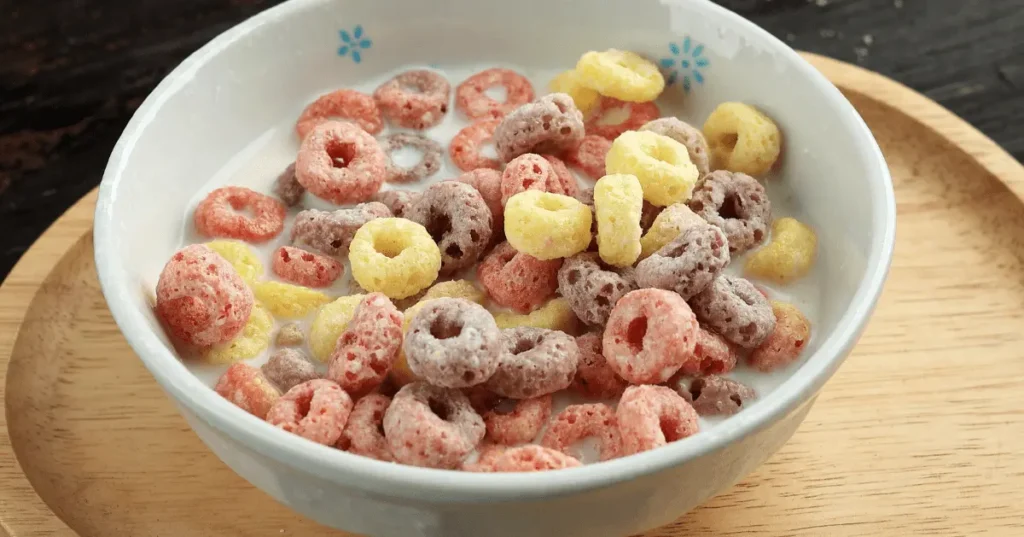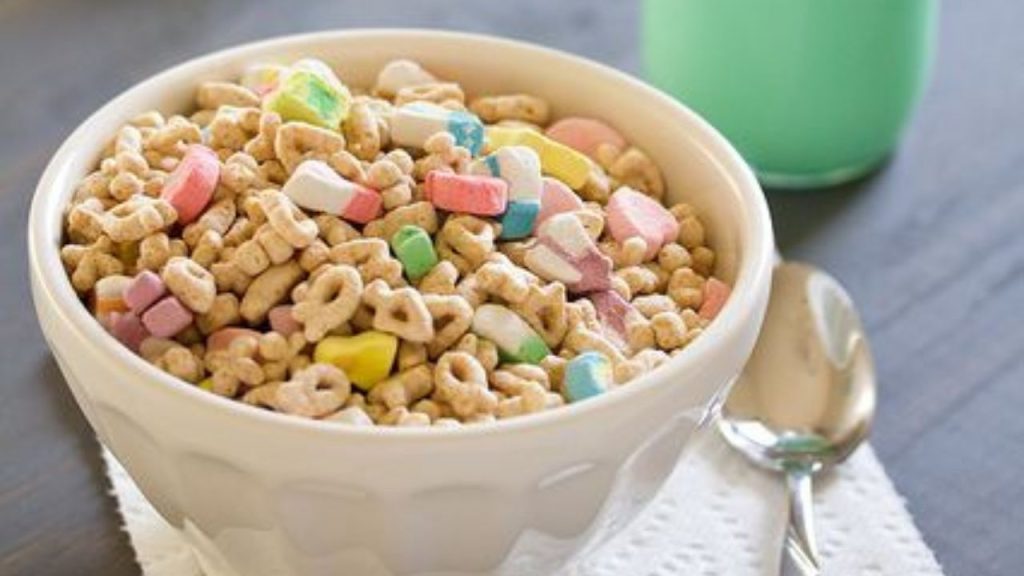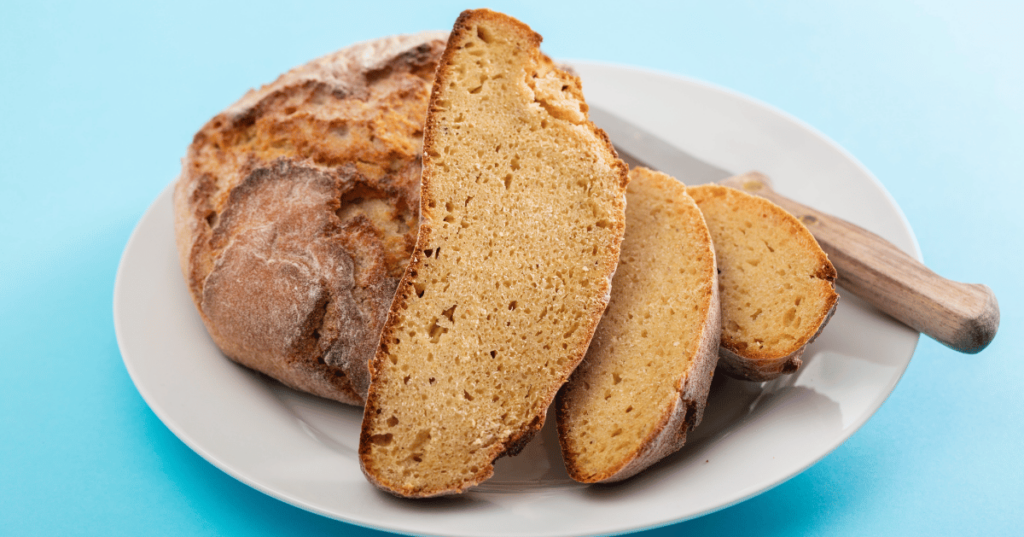Learning how to use chopsticks may seem daunting, but with practice and the correct instruction, it can be a pleasant and useful skill. From the fundamentals of gripping and using chopsticks to more complex advice on how to use them for cooking, instructing children, and even taking care of them, this guide is designed to help you become an expert chopstick user. Now let’s explore all the things you need know about utilizing chopsticks.
Understanding How to Use Chopsticks
In several Asian nations, including China, Korea, Vietnam, and Japan, chopsticks are a common dining tool. They are made to assist you in precisely picking up food and are composed of materials such as bamboo, wood, metal, and plastic. Chopsticks, in contrast to spoons and forks, need skill and a certain technique to use well.
Step-by-Step Guide to Using Chopsticks Properly
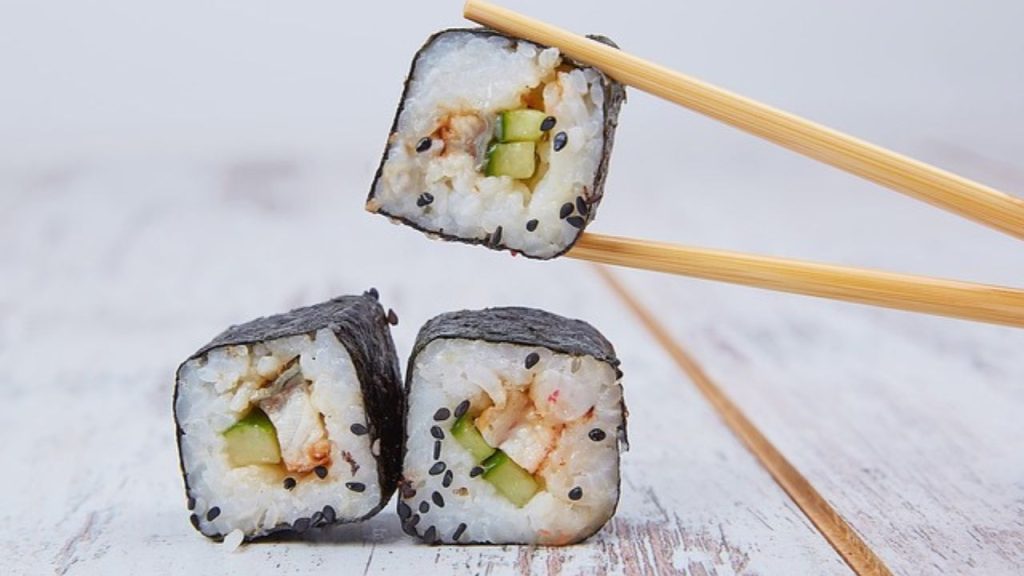
Here is a thorough, step-by-step guide to assist you begin using chopsticks with assurance:
First, hold the first chopstick: The initial chopstick should be held similarly to a pencil. Place this chopstick between your thumb’s base and your ring finger’s top. It will be the basis, so keep it steady.
**Set the Second Chopstick in Position** The second chopstick will move. It should lay on your middle finger between your thumb and index finger.
3. **Practice the Movement**: The top chopstick’s movement is crucial to utilizing chopsticks. To squeeze the chopstick against the stationary object, move it up and down with your index and middle fingers.
4. **Pick Up Food**: Begin with bigger or more substantial foods, such as meat chunks or veggies. Try picking up smaller objects, such as noodles or rice, once you’re at ease.
Your grasp will become instinctive with enough practice, making it easy to pick up various foods.
Common Mistakes When Using Chopsticks
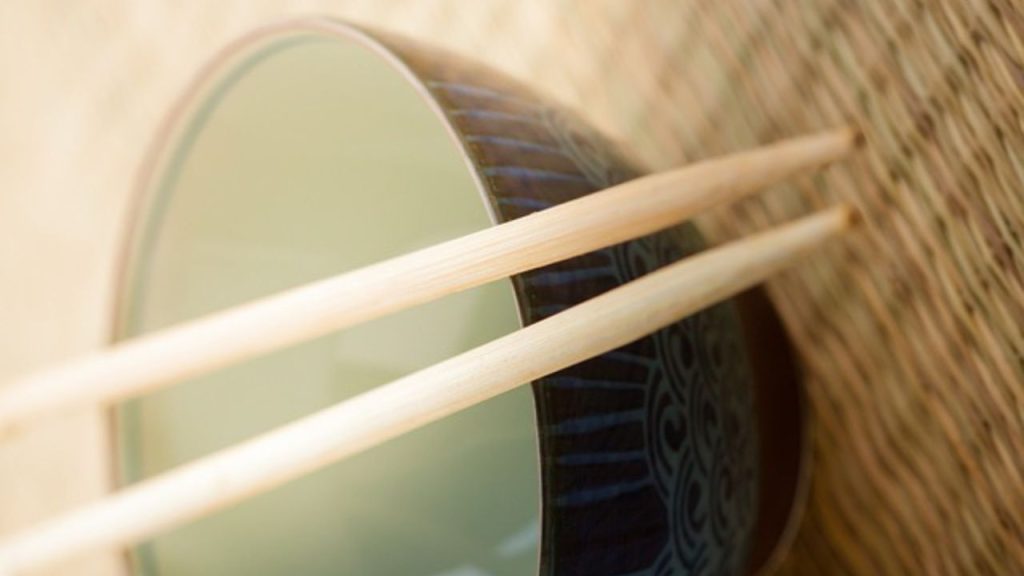
Making errors is easy when you’re just starting out. Here are a few typical ones to stay away from:
Chopsticks should not be held too tightly since this restricts flexibility. Try to maintain a loose hold.
The top chopstick should be the only one to move while using both chopsticks like tweezers. Controlling both chopsticks at once is difficult.
**Holding Chopsticks Too Near the Tip**: Hold chopsticks nearer the middle, not the tip, for improved control and balance.
Helping Kids Learn How to Use Chopsticks
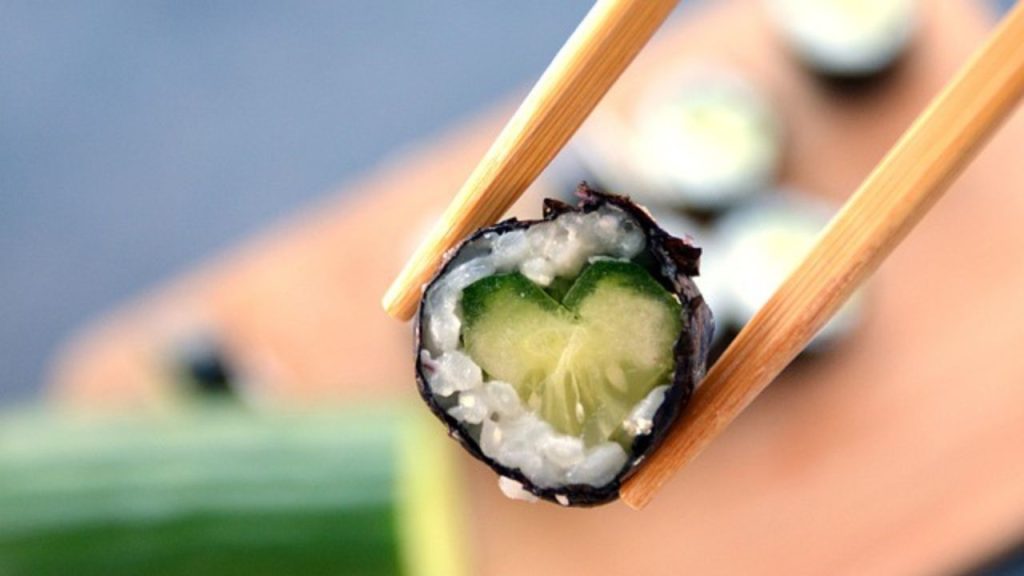
Teaching children to use chopsticks may enhance their hand-eye coordination and motor abilities while also being a pleasant way to strengthen relationships. The following advice will help children learn:
**Use Trainer Chopsticks**: Chopstick trainers are simpler for kids to acquire the fundamental grip since they include bands or connections to hold them in place.
To begin, start with larger items: To avoid frustration with smaller pieces, start by having children pick up larger things, such as cut vegetables or blocks of tofu.
**Be Patient and Make It Fun**: It may take some time for kids to learn the method, so it’s important to make things lighthearted and enjoyable.
Using Chopsticks in Cooking
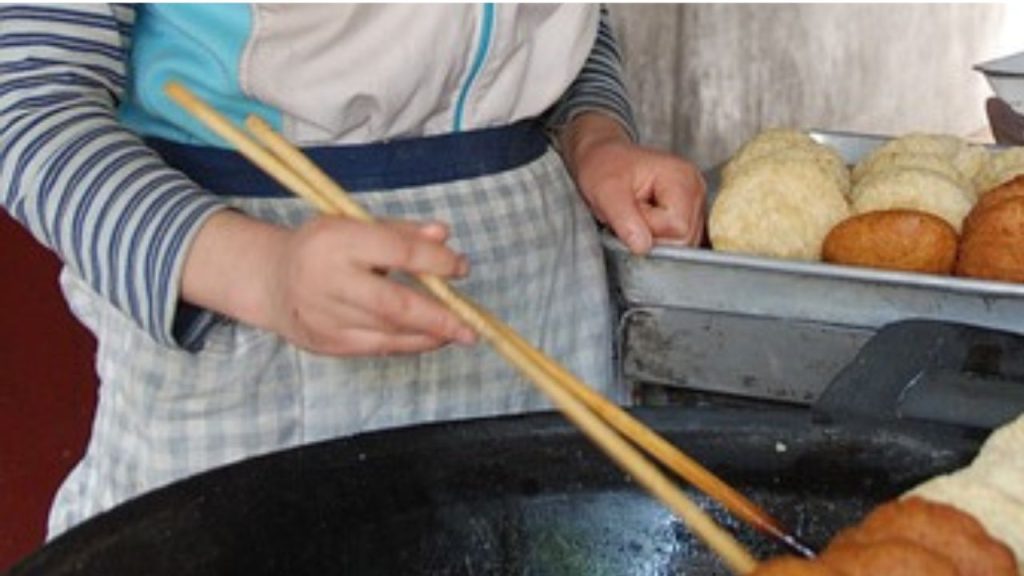
Chopsticks are useful culinary tools, especially in Asian cookery, and are not merely for eating. Food may be stirred, flipped, and even plated with them. You may use chopsticks in your culinary routine in the following ways:
Using Chopsticks for Cooking Techniques
**Stirring and Mixing**: Chopsticks are perfect for combining delicate foods without crushing them, such as eggs or tiny vegetables.
**Flipping Foods**: Using chopsticks to precisely turn small food items while stir-frying gives you greater control than using a spatula.
Chopsticks can be used as a temporary steaming rack by certain cooks. To raise food above the water, run a couple of chopsticks across the bottom of a saucepan.
Choosing the Right Chopsticks
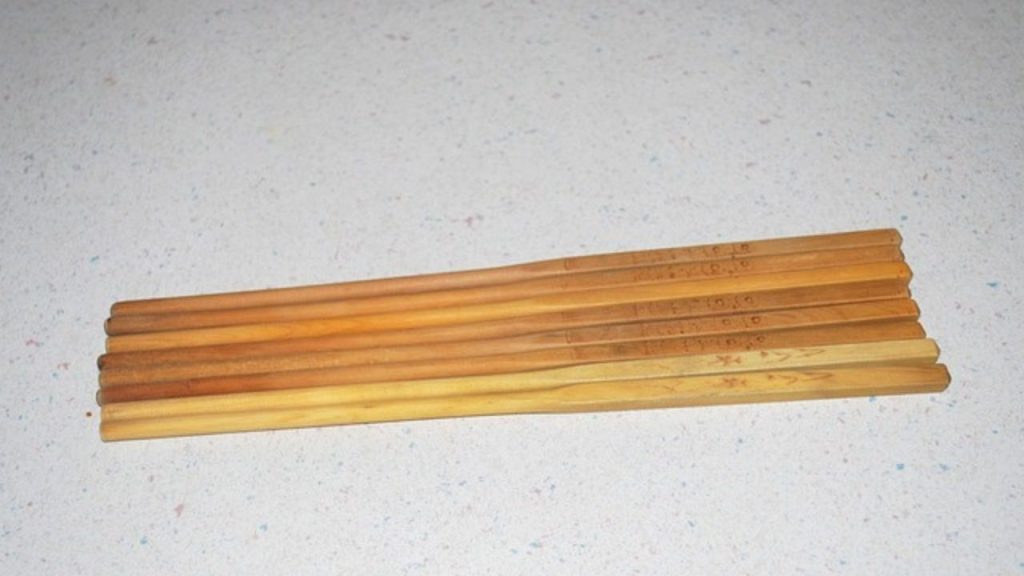
The kind, material, and size of chopsticks are important considerations. Selecting chopsticks that meet your needs is crucial because different models are made for different purposes and comfort levels.
Best Materials for Chopsticks
1. **Wooden Chopsticks**: Beginners will find wooden chopsticks easy to grasp. Because they don’t transfer heat as rapidly, they’re also appropriate for hot meals.
2. **Metal Chopsticks**: Because of their flat surface, stainless steel chopsticks might be difficult for novices to use, but they are strong and simple to clean.
3. **Plastic Chopsticks**: These colorful and frequently affordable chopsticks are ideal for informal meals or children, but they might not be appropriate for cooking at high temperatures.
4. **Bamboo Chopsticks**: A common option in many homes, bamboo chopsticks are eco-friendly and lightweight.
Specialized Chopsticks for Cooking
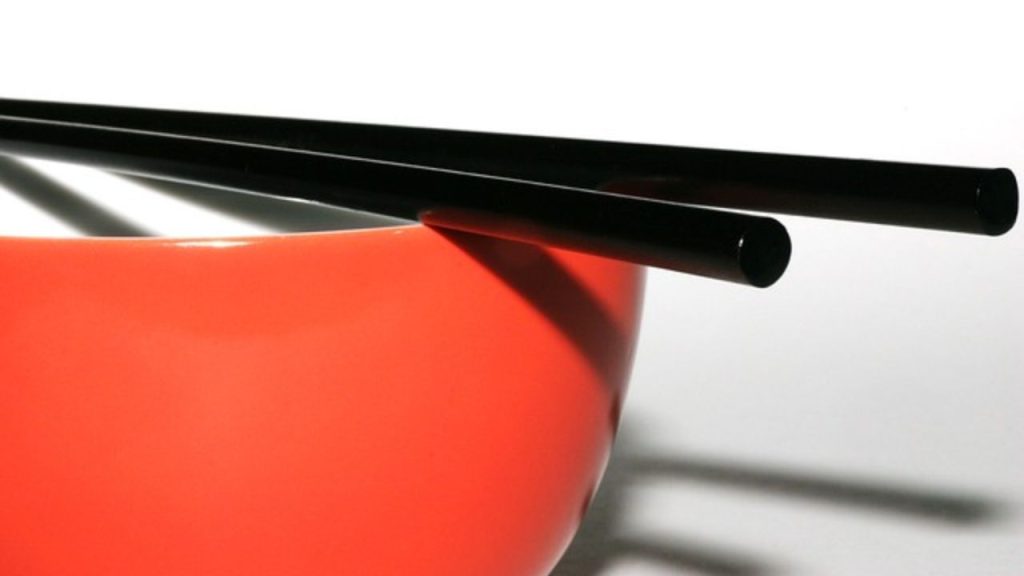
Some chopsticks are longer than those used for dining and are made especially for cooking. For jobs like frying, these long chopsticks—sometimes 12 inches or longer—are great because they let you reach the food without coming too close to the flame.
Caring for Chopsticks: Cleaning and Maintenance
Properly washing and storing chopsticks will help prolong their lifespan and maintain their quality.
How to Wash Chopsticks Correctly
1. **Wooden or Bamboo Chopsticks**: Use warm, soapy water to manually wash wooden chopsticks. To avoid warping or splitting, do not moisten them.
2. **Metal Chopsticks**: In general, metal chopsticks may be cleaned in a dishwasher. To get rid of any food residue, it’s recommended to rinse them first.
3. **Plastic Chopsticks**: These may usually be washed in the dishwasher, but to avoid fading, hand cleaning is advised for any detailed patterns or motifs.
Storing Chopsticks
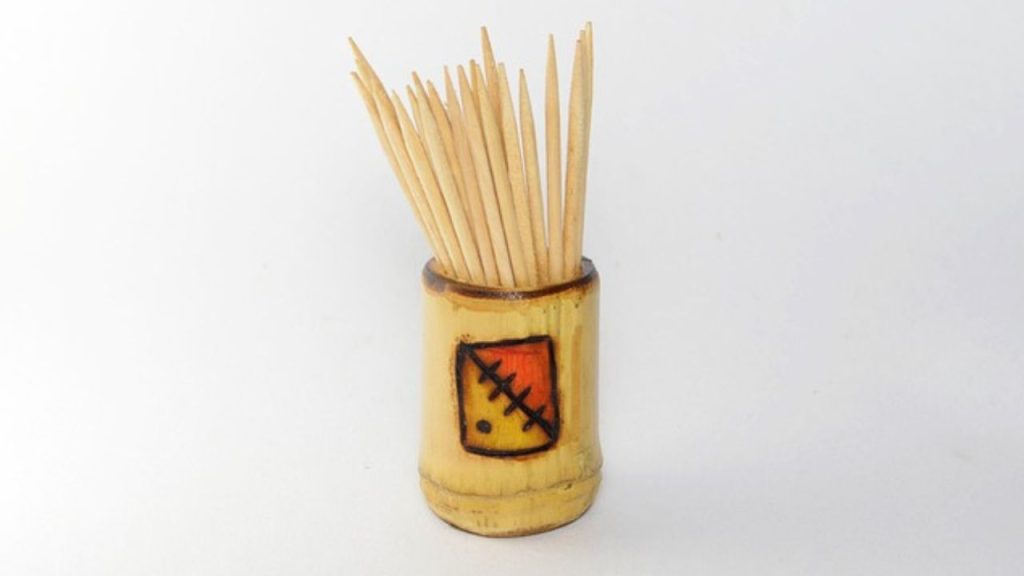
When storing chopsticks, place them in a dry, well-ventilated area. A chopstick holder or a simple container works well. For longer-lasting wooden chopsticks, keep them away from extreme humidity or heat, as these conditions can damage the wood. Read more.
By following these steps, you’ll be able to master the art of using chopsticks while also choosing the best type for your needs and properly maintaining them. Whether it’s for dining, teaching kids, or cooking, chopsticks can be a handy addition to any kitchen. Happy practicing!

